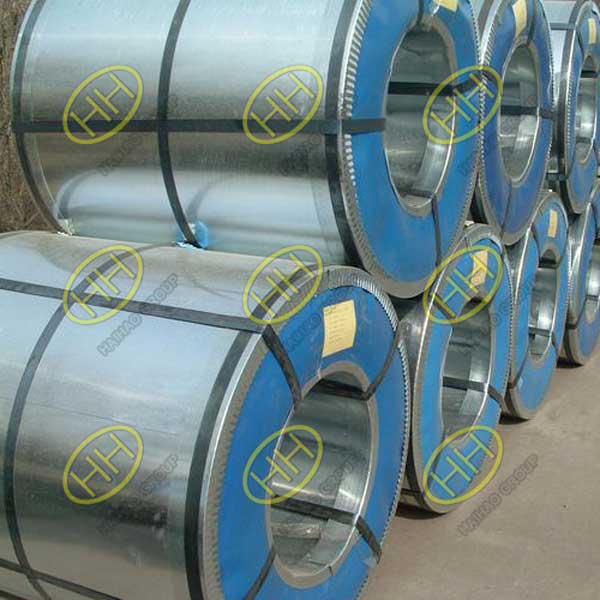The comprehensive guide to cold rolled steel coils
Cold-rolled steel coils undergo a series of processing steps to transform hot-rolled coils or steel sheets into cold-processed steel plates with specific tolerances, flatness, and surface quality. This process imparts unique physical properties to cold-rolled steel coils, making them widely applicable in industries such as automotive, home appliances, construction materials, and machinery manufacturing.
Surface Brilliance: Firstly, the surface of cold-rolled steel coils is smooth and uniformly colored. This not only gives them a distinctive aesthetic appeal but, more importantly, the surface treatment provides a remarkable silver luster, significantly enhancing their commercial value.
Exceptional Processing and Welding Properties: Secondly, cold-rolled steel coils exhibit excellent processing and welding capabilities. This means they can be easily cut, sheared, stamped, and welded during the production process, meeting specific requirements across various industries. This flexible production method has led to the widespread application of cold-rolled steel coils in different sectors.
High Strength, Hardness, and Wear Resistance: Finally, cold-rolled steel coils possess high strength and hardness with excellent wear resistance, resulting from the cold working process that refines the internal grain structure, making it finer and denser. This characteristic enables cold-rolled steel coils to maintain stability under high loads and complex conditions, extending their service life.
The Process of Cold-Rolled Steel Coil Production: The production process of cold-rolled steel coils involves several key stages:
Processing Preparation: Prepared steel sheets undergo various preparations, including cutting, leveling, and rust removal, to ensure the quality of subsequent cold-rolling processes.
Pickling: Similar to a bath for us, cut steel sheets undergo pickling to remove iron scraps and rust, resulting in a smoother and cleaner surface.
Cold Rolling: The pickled steel sheets enter the “rolling mill” for cold rolling, a multi-stage process involving sheet laying, pre-cooling, rough rolling, intermediate rolling, and finishing rolling, based on specific cold-rolling requirements.
Annealing: During cold rolling, steel sheets experience significant strain and stress. Annealing serves as a relaxation process, improving the physical properties post cold rolling while reducing stress to ensure product quality.
Galvanizing or Coating: Finally, to enhance durability and rust resistance, making them suitable for external use, cold-rolled steel coils undergo processes like galvanizing or coating.
Understanding the comprehensive production process and unique properties of cold-rolled steel coils sheds light on their versatile applications and the crucial role they play in various industries.

